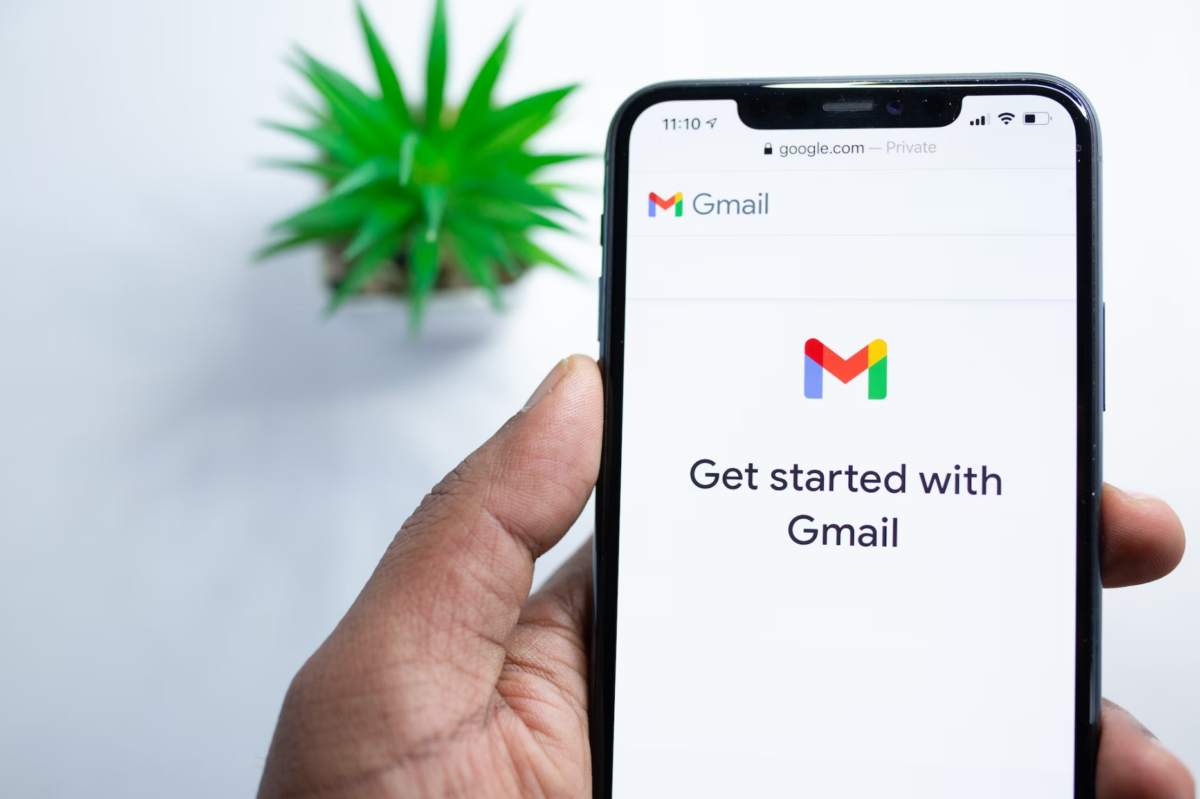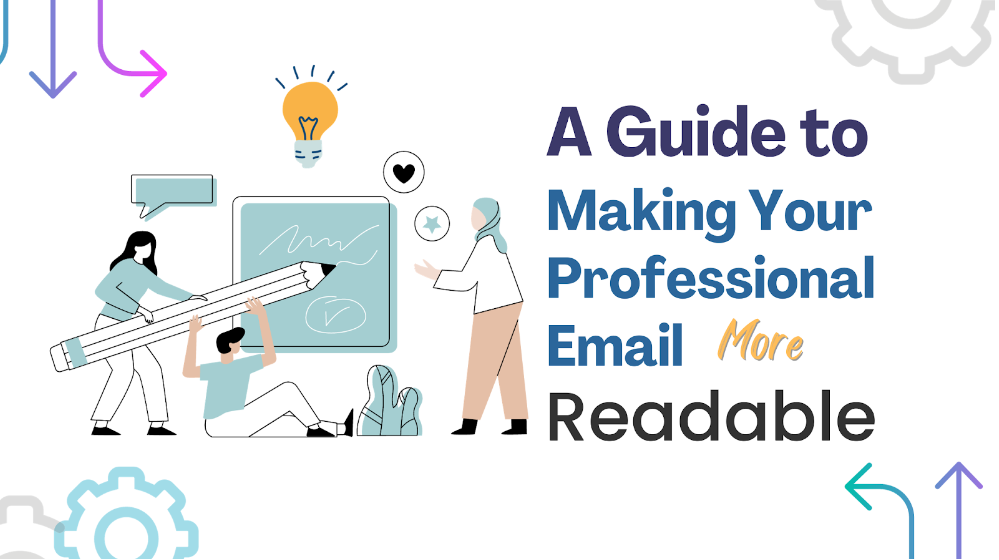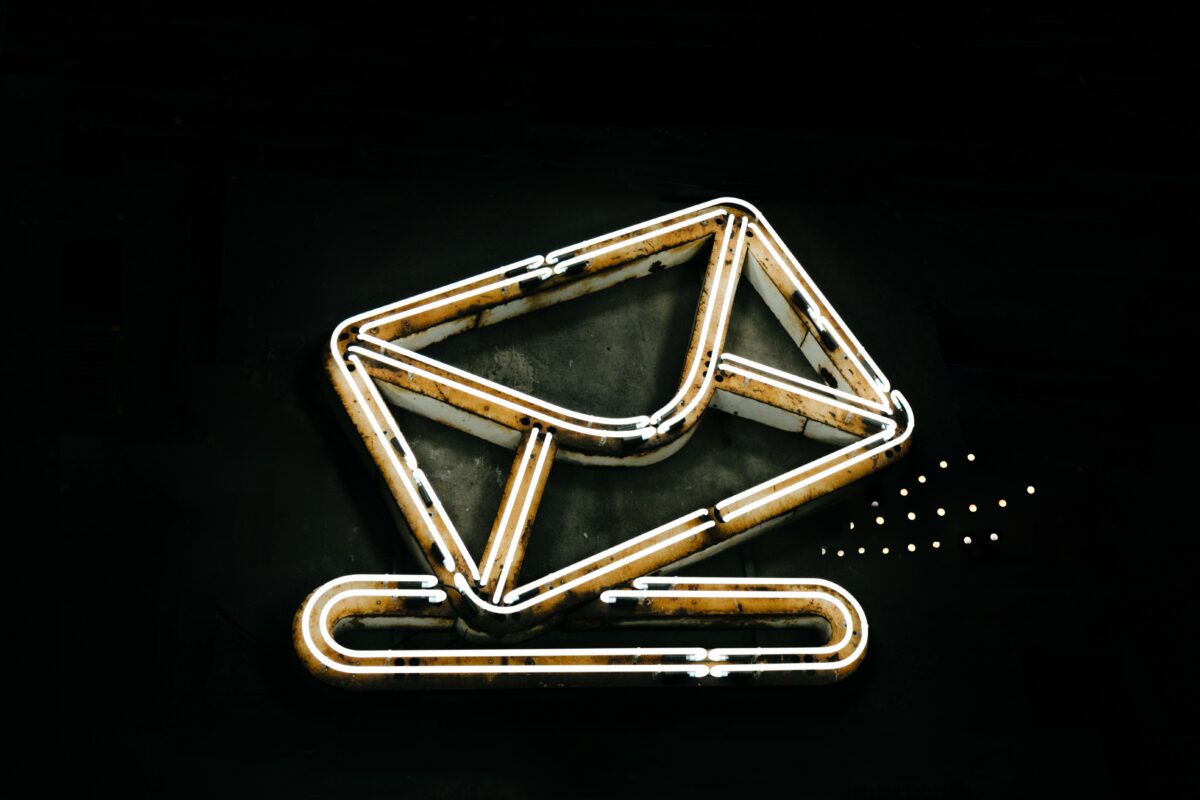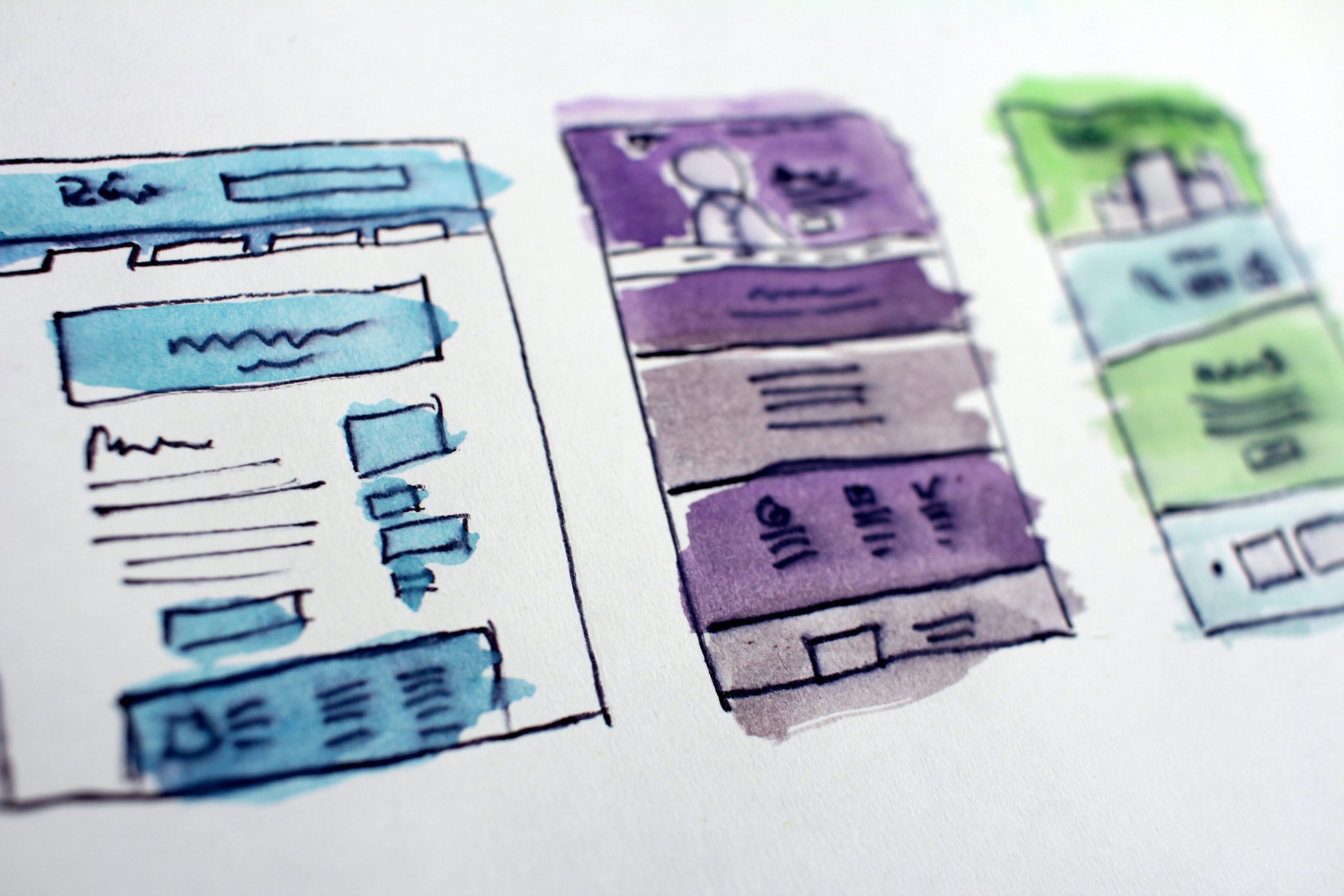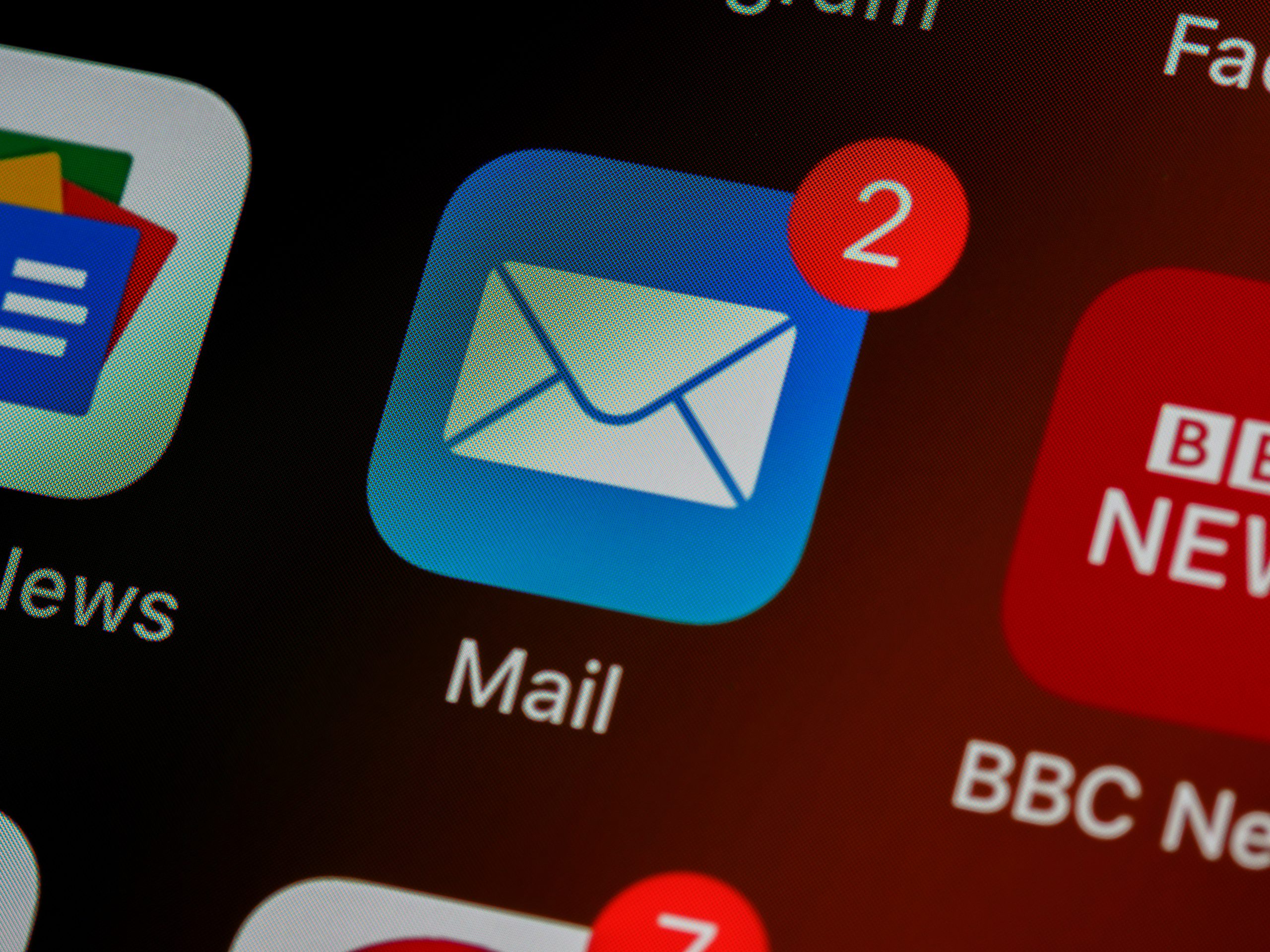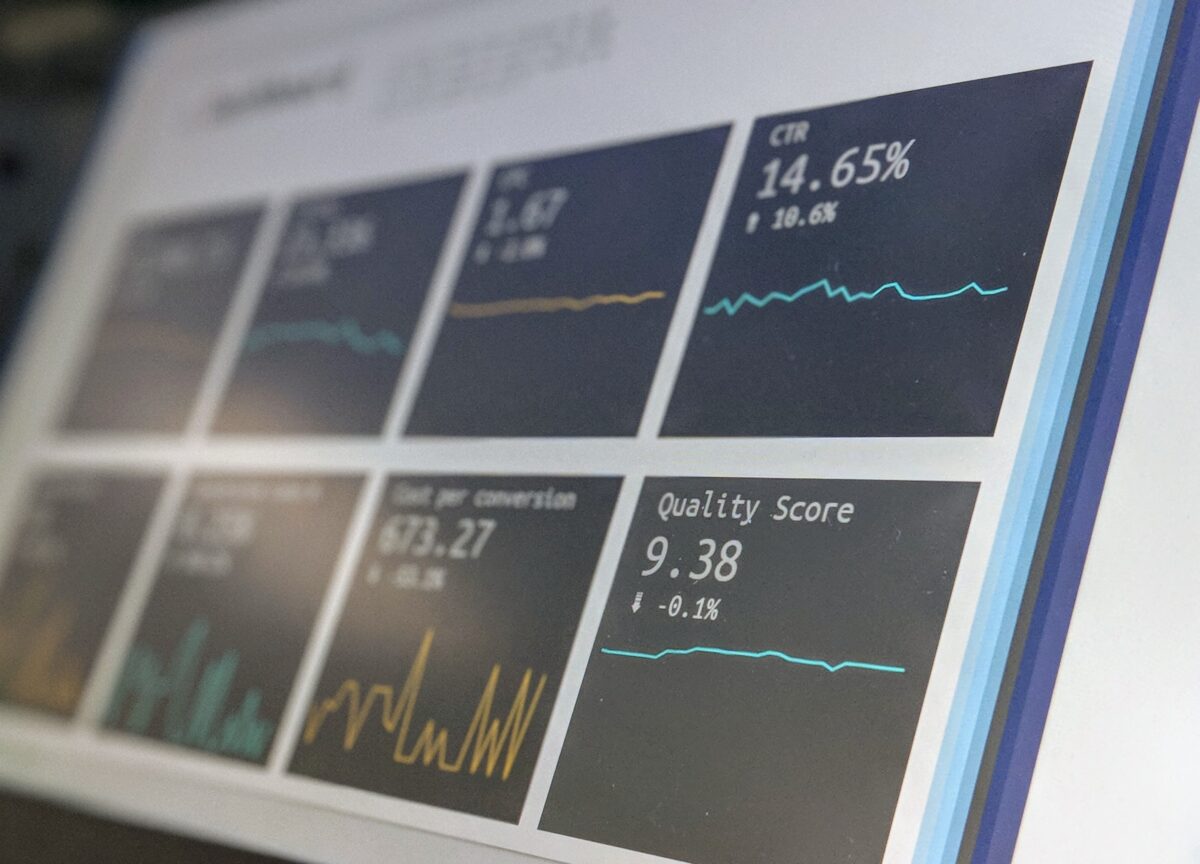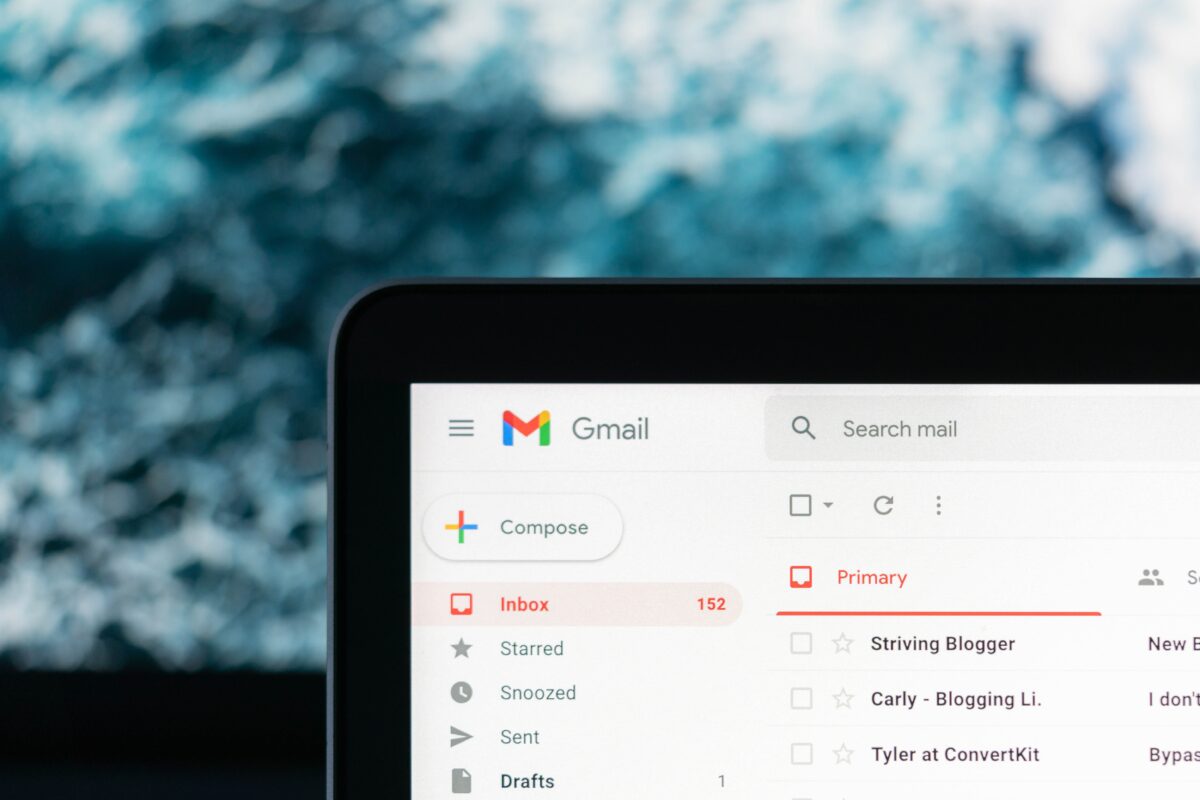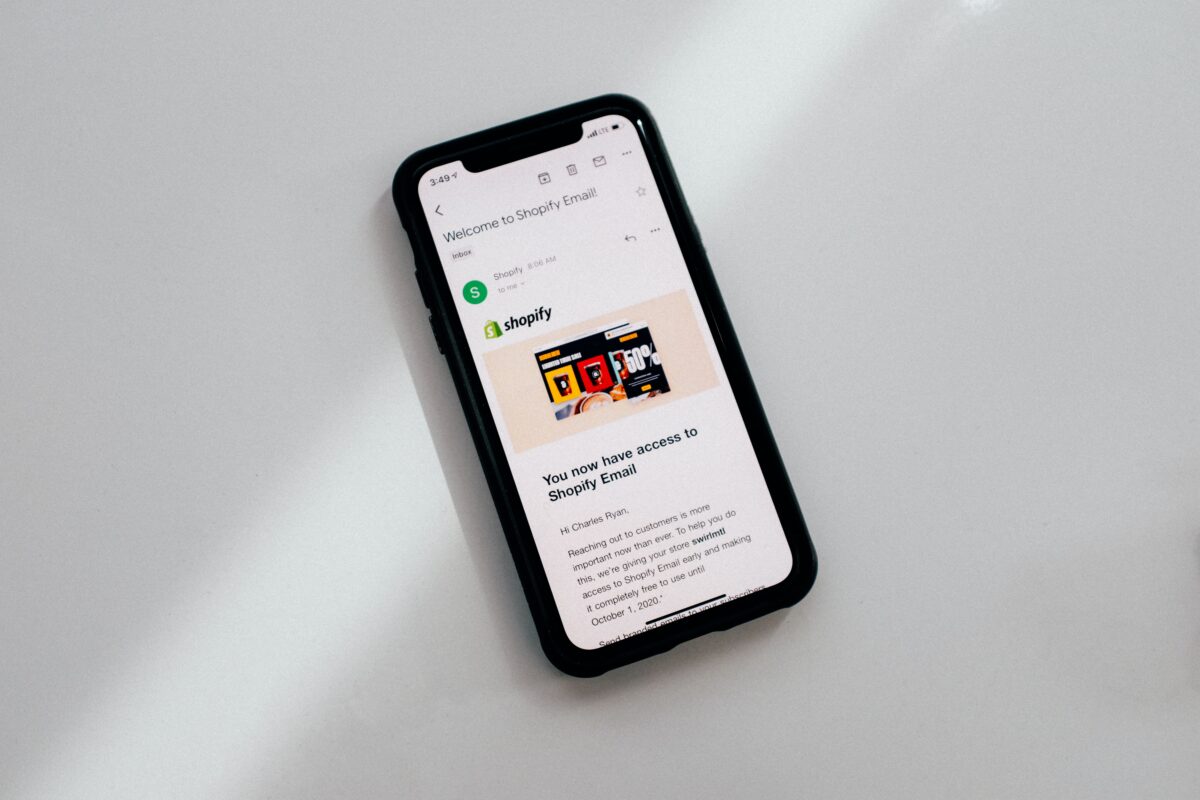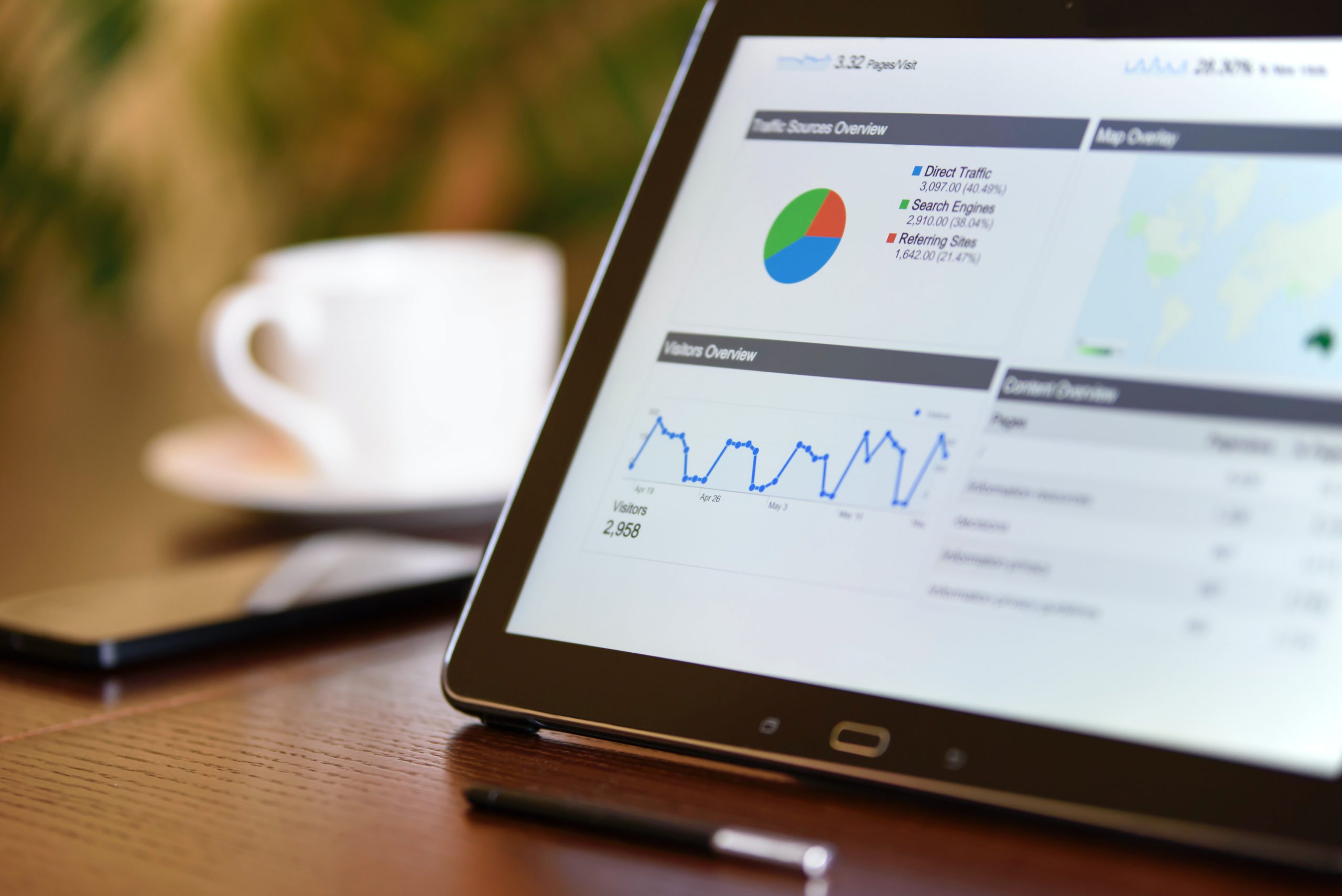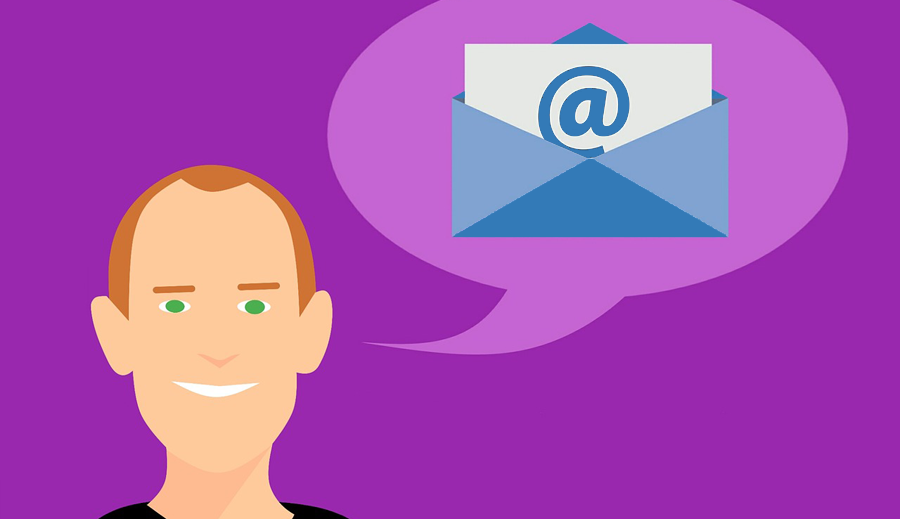Managing our email inbox can feel like a never-ending task. Whether you’re on vacation, out of the office for a meeting, or simply need dedicated time to focus on important tasks, an automatic email responder can be a lifesaver. However, to truly harness its potential … Continue reading “7 tips for using an automatic email responder effectively”
Crafting cold emails that convert: 2 free templates
In today’s competitive business landscape, effective communication is paramount, and cold emails represent a powerful tool in the arsenal of any savvy marketer or sales professional. Plus, we have a free template available. Keep in mind that while the average cold email reply rate is … Continue reading “Crafting cold emails that convert: 2 free templates”
5 tips for automated email follow-ups that lead to conversions
Many digital marketing conversations focus on generating leads, but what are you doing once you have them? Think automated email follow-ups. If you’re emailing manually, consider that the average email response rate (which can vary widely) can be about 5 percent. So, when sending 100 … Continue reading “5 tips for automated email follow-ups that lead to conversions”
8 tips to write an effective announcement email
When announcing something for your business, it’s important to plan and prepare. In other words, you want to pay extra attention to every aspect of your announcement email. Doing so will ensure that your announcement is a hit, delivering the results you want, rather than … Continue reading “8 tips to write an effective announcement email”
9 tips for sending effective abandoned cart emails
Cart abandonment is a thorn in the side of every eCommerce business, but abandoned cart emails can be a huge help to complete the sale. In fact, eCommerce businesses lose about $18 billion in annual sales revenue due to cart abandonment. Cart abandonment happens when … Continue reading “9 tips for sending effective abandoned cart emails”
Email engagement and deliverability: Enhancing performance in your campaigns
In the intricate dance of digital marketing, two elements emerge as foundational pillars: email engagement and email deliverability. These twin forces work in tandem to define the effectiveness of any email marketing campaign. Email engagement, a critical measure of success, reflects how recipients interact with … Continue reading “Email engagement and deliverability: Enhancing performance in your campaigns”
Email marketing best practices: 16 tips that make an impact
Email marketing might feel “old hat” in a world of new and ever-evolving digital marketing tools. But it deserves your attention more than ever and these email marketing best practices will help you get ahead. In 2022, the number of email users worldwide is estimated … Continue reading “Email marketing best practices: 16 tips that make an impact”
Effective email marketing: 6 essential tips for A/B testing subject lines
A/B testing, otherwise known as split testing, can help you determine the email subject lines that are more likely to engage your target audience. Simply put, the A/B testing process of sending two versions of an email to two similar but separate audiences. And, of … Continue reading “Effective email marketing: 6 essential tips for A/B testing subject lines”
6 tips to boost brand awareness with email marketing
In a digital world where a brand’s visibility can make or break its success, building strong brand awareness has become a non-negotiable part of any effective marketing strategy. Yet, amidst the noise of social media campaigns and influencer partnerships, one tool often flies under the … Continue reading “6 tips to boost brand awareness with email marketing”
How to make your professional emails more readable
If you want to make something boring to read, just make it overly formal. Accessories to the crime include excessive jargon, technical knowledge, huge length, monotonous tone, and more. Professional emails by nature require a level of expertise in some capacity. Even though it’s the … Continue reading “How to make your professional emails more readable”
7 top benefits of email personalization
Sending emails is a powerful way to reach and engage with clients, but email personalization can level up your efforts and drive better results. In general, email marketing is about 40 times more effective as a customer acquisition strategy than relying on Facebook or Twitter. … Continue reading “7 top benefits of email personalization”
Email checklist: 8 things to check before sending
Even the smallest mistakes in your marketing emails can ruin an entire campaign. There’s nothing worse than the feeling of hitting “send” and then realizing that you sent the wrong link to your entire contact list. It happens more often than you might think. About … Continue reading “Email checklist: 8 things to check before sending”
10 important email parts: Anatomy of an effective marketing email
Understanding the parts of an email Email marketing is a powerful tool that can deliver on your investment if done right. The median ROI (return on investment) is 122 percent, which is four times higher than any other digital marketing channel. Let’s break down the … Continue reading “10 important email parts: Anatomy of an effective marketing email”
Email marketing compliance: CAN-SPAM, CASL, and GDPR
It’s important to understand the various legal frameworks (CAN-SPAM, CASL, and GDPR) and their impact to your email marketing. Not following the laws dealing with email compliance is the biggest mistakes you can make when running an email marketing campaign. Please note, the information provided … Continue reading “Email marketing compliance: CAN-SPAM, CASL, and GDPR”
Email marketing statistics: 48 you can use
Are you neglecting the power of email marketing? Email marketing is the use of email to promote your business in some way, and it’s a cornerstone of any strong digital marketing strategy. But don’t just take our word for it! Check out these 48 email … Continue reading “Email marketing statistics: 48 you can use”
Automated email examples – 17 you can start using today
New to automated emails? The good news is that they are an incredibly effective tool when blended into your larger marketing strategy. We’ve put together 17 automated email examples you can start using today. Depending on your brand and business, there are a number of … Continue reading “Automated email examples – 17 you can start using today”
How to measure the success of your email marketing campaign
It’s important to measure email marketing when running campaigns. Email marketing platforms, such as DailyStory, include built-in analytics tools you can use to understand how your emails are performing. The good news is that email marketing is easy to measure. Most email marketing services, including … Continue reading “How to measure the success of your email marketing campaign”
Plain text or HTML email – which to use in your next campaign
We’ve read a lot recently about a resurgence of plain text emails. And, some email marketers even promote writing exclusively plain text instead of using HTML. We at DailyStory want to share some of the research we’ve done and the recommendations we give our customers. … Continue reading “Plain text or HTML email – which to use in your next campaign”
Personalized Email – 6 Benefits for Better Results
Personalized email marketing is an effective way to drive better results from your efforts. Personalization was once viewed (and treated) as a one-size-fits-all mass messaging tactic. But email marketing has evolved to focus more on relevant content, segmentation and personalization so that the right message … Continue reading “Personalized Email – 6 Benefits for Better Results”
6 benefits of email marketing for ecommerce businesses
Despite all the new digital marketing platforms coming out, email remains a valuable, effective and inexpensive tool. In fact, email marketing can play a significant role in the success of ecommerce businesses. Essentially, email marketing is a direct marketing channel. It enables businesses to share … Continue reading “6 benefits of email marketing for ecommerce businesses”
10 ways to create email marketing campaigns that convert
Email marketing campaigns are still one of the most effective tools in your digital marketing toolkit. For every dollar you spend on email marketing, you can expect an average return of $40. In addition, email is the main driver of customer retention and acquisition for … Continue reading “10 ways to create email marketing campaigns that convert”
Email marketing Do’s and Don’ts – 11 Strategies to Follow
Email marketing is an important tool in your digital marketing toolkit and it’s important to understand the email marketing do’s and the email marketing dont’s. Not only is it continuing to grow in popularity, but it’s powerful. About 92 percent of online adults use email, … Continue reading “Email marketing Do’s and Don’ts – 11 Strategies to Follow”
Email vs Social Media – 5 reasons why email marketing is better
Lots of people want to talk about email marketing vs social media. But the truth is both email marketing and social media marketing can be powerful for any brand online. But if you had to choose one, which is better? In the simplest sense, even … Continue reading “Email vs Social Media – 5 reasons why email marketing is better”
6 ways email images can increase your conversions
With many marketers investing time and energy into engaging subject lines, images can be just as important to boosting your email conversion rates. The right email images can help you stand out from your competition and encourage your recipients to click. And email matters. Four … Continue reading “6 ways email images can increase your conversions”
18 low-cost marketing ideas for small businesses
For small businesses, marketing is important but also can feel out of budget. About one in five small businesses doesn’t use digital marketing, while about one in 10 doesn’t invest in any kind of marketing. But this doesn’t have to be your small business. About … Continue reading “18 low-cost marketing ideas for small businesses”
14 best practices for email drip campaigns
If your business is not currently employing any email drip campaigns, you’re definitely missing out on some conversion opportunities. But never fear! It’s not too late to get your first campaign up and running. Email drip campaigns are a type of time-release email marketing tactic. … Continue reading “14 best practices for email drip campaigns”
Increase your email open rates with these 8 strategies
What is email open rate? Email open rate is the number of unique opens divided by the total number of delivered emails. How open rate is calculated If you sent an email to 1,000 recipients: 965 emails were delivered 35 emails bounced 175 unique opens The … Continue reading “Increase your email open rates with these 8 strategies”
What happens if subscribers mark your emails as spam?
What is a Spam complaint? Spam complaints are when an email recipient clicks on the “spam” button within their mailbox provider interface for any particular message. They can happen within an email inbox on any device. These complaints ultimately affect your deliverability as well as … Continue reading “What happens if subscribers mark your emails as spam?”
8 expert tips to create an email onboarding sequence that converts
It’s one thing to convert website visitors to email subscribers. It’s another to convert those subscribers into paying customers. Enter email onboarding. That’s what makes an effective email onboarding sequence so critical to your sales efforts. What is email onboarding? An email onboarding sequence is … Continue reading “8 expert tips to create an email onboarding sequence that converts”
12 tips for email subject lines that won’t get ignored
A successful email subject line is part art, part science but typically a recipe for anxiety for any marketer or business owner. But it doesn’t have to be. If you’ve noticed that your emails aren’t getting the open rate you are looking for, then it’s … Continue reading “12 tips for email subject lines that won’t get ignored”
Use email preview text to improve email open rates
The email preview text, or email preheader, is a preview of an email in your inbox. This enables you to quickly scan your inbox and taken the next step: open the email. What you may not know is that you can set this text using … Continue reading “Use email preview text to improve email open rates”





